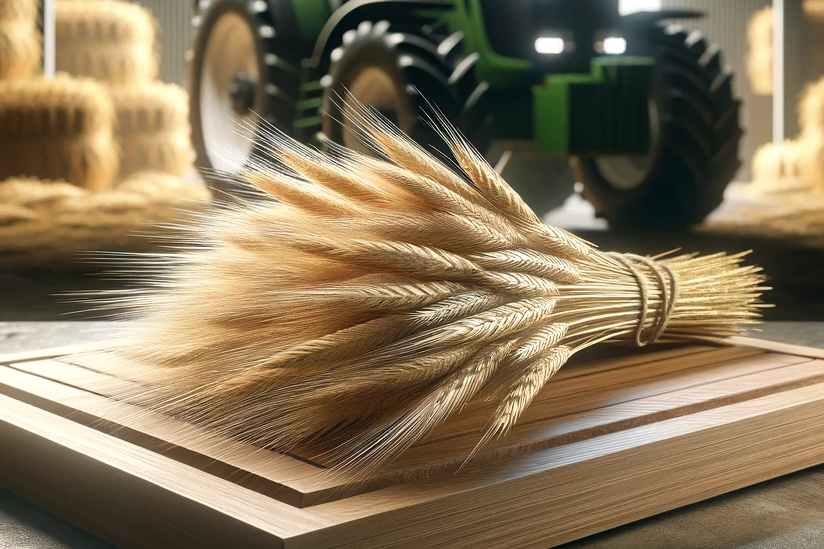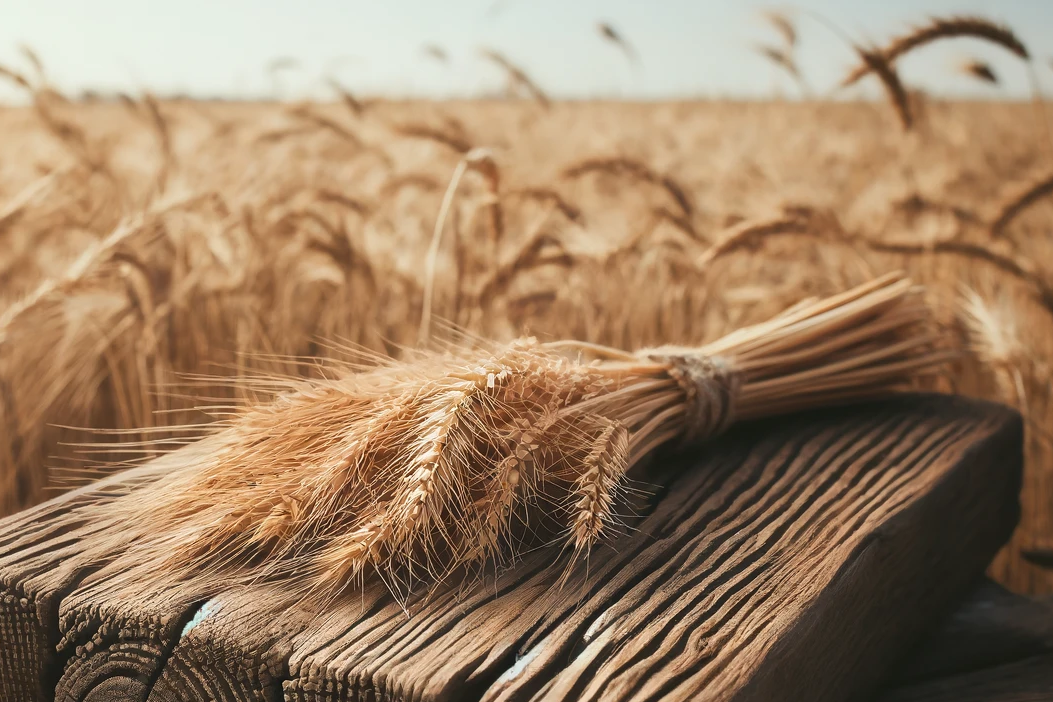Maize straw

Corn stover, a by-product of the corn harvest, has many uses in agriculture, but its suitability for dogs is a source of debate among pet owners and experts. This article explores the nature of corn stover, its potential benefits and drawbacks as a material in dogs' lives, and offers a balanced perspective on this commonplace yet often overlooked resource.
What is corn stover?
Corn stover consists of the dried stalks of the corn plant that remain after the corn cobs have been harvested. It is often used as bedding in livestock farming, but is also used as a mulching material in agriculture and increasingly in products for pets, including those for dogs.
Benefits of corn stover for dogs
Environmentally friendly
As a natural, renewable product, corn stover is an environmentally friendly option that helps reduce the environmental footprint of pet products.
Absorbency
Corn straw has good absorbency, making it a practical choice for dog beds or as a carpet pad in dog kennels. It can help absorb moisture and minimize odors.
Comfort
When prepared correctly, corn straw can provide a soft and comfortable surface for dogs to lie on, providing extra insulation, especially in colder months.
Accessibility and cost
As an agricultural by-product, corn stover is readily available and inexpensive in many regions, making it an attractive alternative to commercial dog beds or synthetic materials.
Disadvantages and precautions
Allergy potential
As with any natural material, there is a risk of dogs having an allergic reaction to corn straw. Symptoms may include skin irritation, sneezing or other allergic reactions.
Risk of injury
Untreated corn stover can have sharp edges that can cause cuts or scratches, especially during intense digging or play.
Parasites and pests
Corn stover can be a breeding ground for parasites and pests if it is not stored or treated properly. It is important to replace the material regularly and to keep it clean.
Risk of suffocation
Small pieces of corn stover can be a choking hazard, especially for puppies or smaller dog breeds that tend to explore and chew everything.
Recommendations for action
To safely reap the benefits of corn stover, pet owners should take the following steps:
- Choose corn stover that has been specially prepared and cleaned for pet use to minimize the risk of parasites and pests.
- Replace the corn stover regularly to ensure hygiene and prevent the build-up of moisture and pests.
- Supervise your dog on first contact with corn stover to ensure he does not try to eat or injure himself on the material.
Corn straw as a double-edged sword
Corn straw offers both benefits and challenges as an environmentally friendly, comfortable and cost-effective material for dogs. While it can provide a sustainable alternative to synthetic materials, it is important to consider the potential risks and take preventative measures to ensure the safety and health of our dogs. With proper preparation and maintenance, corn stover can be a valuable resource in dog ownership that meets the needs of environmentally conscious and cost-conscious pet owners.
If you notice any signs of hypersensitivity or poisoning in your dog, you should see your vet immediately. We are not a substitute for a vet, but we try to be as accurate as possible. Every dog reacts differently and we recommend you get a second opinion or consult your vet if in doubt.
Stay healthy and take good care of your four-legged friend!😊
Similar to Maize straw
Barley straw is a by-product of the barley harvest and consists of the dry stalks of the plant that remain after the grain has been removed. It is often used in agriculture as bedding for animals,...
Oat straw consists of the stems, leaves and flowers of the oat plant, which are dried after the grains have been harvested. It contains many valuable ingredients such as flavonoids, saponins,...
Rye straw is a by-product that remains after the harvesting of rye grains. It consists of the dry stalks of rye plants. While rye is primarily grown for human consumption, the straw is used in a...
Wheat straw is the dry stalk material that remains after wheat grains have been harvested. It is often used in agriculture as bedding for animals or as a raw material for the production of paper,...



